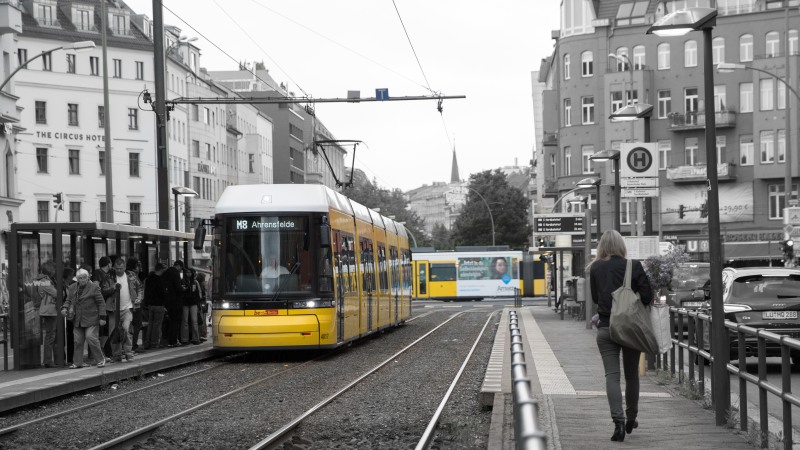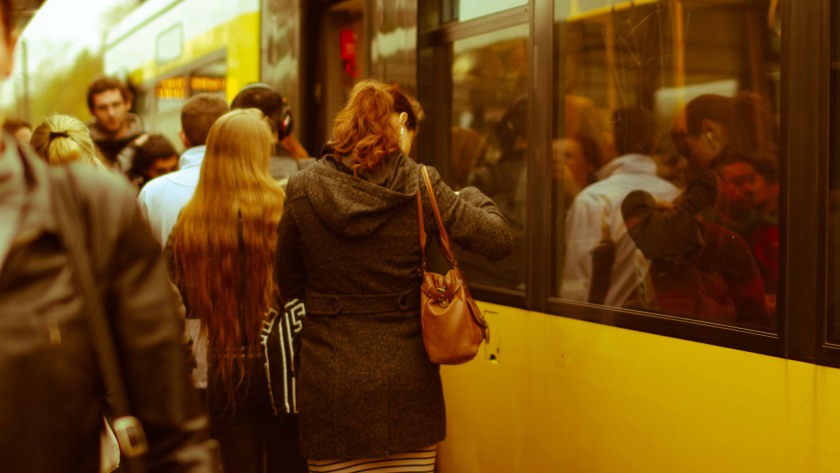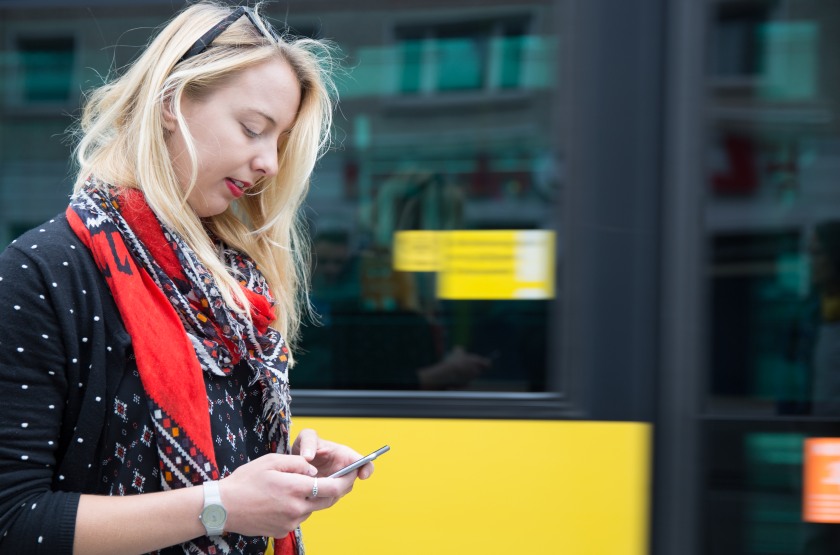
There will soon be platforms which make vehicles available according to current transport situations. Photo: Door2Door GmbH
Standing in a crowded subway surrounded by stale air isn’t what most of us would call 'pleasant'. This recurring feature of many of our daily commutes can become a massive drain on our energy levels and enthusiasm.
What if we could transform this experience into a time for catching up on social life or reading while being in relative comfort? What if we could give you more quality time to spend with your loved ones by transforming your daily commute?
Every day, thousands of people pass through bus stops, stations and networks at specific times. By evaluating all this data we can learn a lot about daily commuters in a certain city and what their specific mobility patterns are. This can benefit both cities and their citizens in numerous ways and turn your journey time into a more pleasant and effective use of your day.

Public transport will undergo drastic changes towards becoming dynamic services that adapt to what commuters actually need. There will soon be platforms which make vehicles available according to current transport situations. Thus, there will be no "empty rides" to stations where nobody gets on or off, an occurrence that is more common than we think. Why? Because routes still follow static presets that are neither up to date nor effective. Our goal is to provide routes on demand and in real time in order to guarantee a dynamic and sustainable transport system. We want to help you get where you actually need to go and in a way more efficient way.

We decided to study the efficiency, or lack thereof, of transport services in emerging markets. In many of these, there’s a serious lack of public transport data. Let’s look at the Turkish metropolis of Istanbul for example. After looking over their public network plans we realised that we could help fill in the gaps by crowdsourcing data to create a more exhaustive idea of Istanbul’s minibus routes. This method of gathering information is something that nobody has attempted until now. By crowdsourcing the missing transport data, analysing it and giving it back to the people, we can actively impact citizens’ lives.
By using the data of mobility patterns to optimise public transport, city authorities can get a feel for the demands of its customers and start to build a human understanding of their different networks. From this understanding they can start to accommodate these needs and recognise when they are not being, or poorly, met.

An example of using data to improve commuters’ journeys, would be increasing the frequency of transport during peak hours on specific routes and not others, based on our gathered data, to allow for a better allocation of resources in order to meet the needs of the users. Through this process of optimization travel becomes more convenient and possibly safer for daily commuters and customers.
Cities would also greatly benefit from optimisation of travel networks by standardizing their planning process according to data, which would allow them to reduce costs by minimising inefficient journeys. Overall this initiative would contribute towards reducing congestion and thus becoming more and more environmentally friendly.








